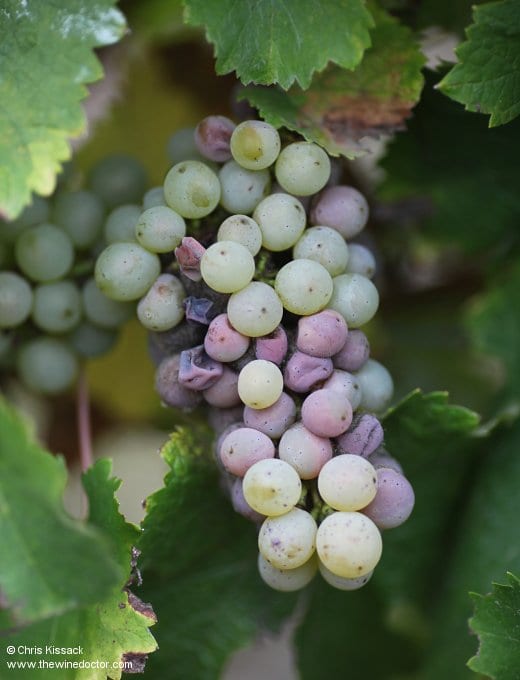Loire Valley Wine Guide: Chenin Blanc
To really get under the skin of the Loire Valley you have to go beyond Sauvignon Blanc to explore its other varieties. This region gives vignerons a rich and varied palette of pigments with which to paint, including Romorantin, Menu Pineau and many other rarities, and we will come to these in time, but I have no doubt that it is with Chenin Blanc that we should start. It is thanks (in part at least) to this variety that the Loire Valley should be considered alongside France’s other most notable wine regions, including Bordeaux, Burgundy, Alsace and the Rhône Valley. It is not some niche-interest backwater to be spoken of in the same breath as minor wine regions of more nuanced interest such as the Jura, Savoie or Champagne (I do wonder whether one of these latter regions should perhaps also be considered a ‘major’ region – after all, the Jura has gained many fans in recent years).
To understand the significance of Chenin Blanc perhaps we can reflect on the characteristics of the two other leading varieties, Sauvignon Blanc and Melon de Bourgogne, for a moment. Both these varieties are compatible with the notion held by some that the Loire Valley only produces lighter wines for current and short-term drinking. Of course, those of us ‘in the know’ recognise that some domaines turn out Sauvignon Blanc that ages well, and names such as François Cotat, Didier Dagueneau and La Tour Saint Martin spring to mind, not to mention numerous others dotted around Sancerre, Pouilly-Fumé and Menetou-Salon. And the same is true of Melon de Bourgogne; drinkers familiar with the wines of Luneau-Papin, Domaine du Haut-Bourg or Domaine de la Pépière know that the over-arching belief that Muscadet can only be drunk young is entirely erroneous. Nevertheless I am certain that most wine drinkers still treat the concept of Sauvignon Blanc and Melon de Bourgogne as age-worthy varieties as a contentious one. With Chenin Blanc, however, there is no way its cellar-capability is open to question. Yes, it can yield simple wines for short-term drinking, but in the case of Chenin Blanc I see these wines as the exception, rather than the rule. Its wines, like those of all truly noble varieties, shine best when they have been left in the cellar for years. Or even decades.
Of course, the top examples of Chenin Blanc from the sweeter side of Montlouis and Vouvray, as well as the sweet Anjou appellations including the Coteaux du Layon and its crus Chaume, Quarts de Chaume and Bonnezeaux all age superbly, although this is perhaps to be expected. After all, what sweet wine, whether from Alsace, Barsac, Bergerac, Hermitage, Sauternes or beyond, doesn’t perform in this manner? But Chenin Blanc also ages well when dry, the wines developing complexity and panache as they mature, and it is this characteristic that is, I feel, under-appreciated by many wine critics. The top dry wines from great appellations including Savennières and Vouvray are most notable in their ability to age and develop, but they are not isolated islands of quality. Many excellent and cellar-worthy wines with the Anjou appellation are also overlooked and under-rated. The Anjou appellation is blessed with many ancient terroirs, with côtes of schist, slate, spilite, quartz and other metamorphic rocks, all perfect for Chenin Blanc, for dry as well as sweet. And there is also Montlouis-sur-Loire, too-long overlooked, less so today thanks to the work of Jacky Blot, François Chidaine and a small host of newcomers; this region also gives us a number of dry wines that age magnificently. So too Jasnières and the Coteaux du Loir. And don’t forget the white wines of Saumur and Chinon too. The supply of dry Chenin Blanc, for the cellar rather than the ‘drink this summer’ rack, feels almost limitless.

